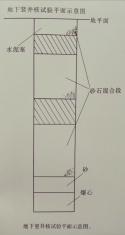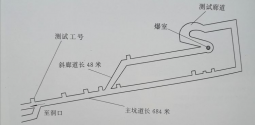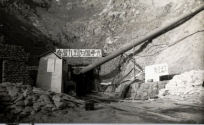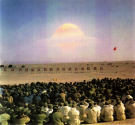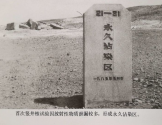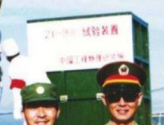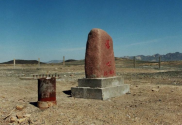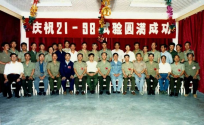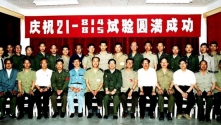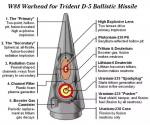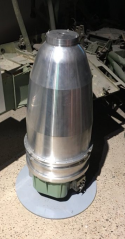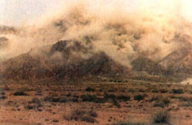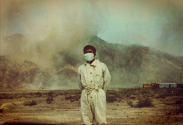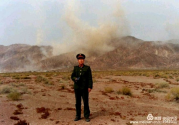According to the memoir , it further gives credibility that China had already developed a modern tritium-boosted primary stage since 1984.
Wikiepedia listed two nuclear tests in 1984 but the first one was claimed to be “the fourth failed neutron bomb test," and it is not true according to the memoir. In reality, it is a hydrogen bomb trigger test, a.k.a a primary stage. It makes me wonder how many "claimed failed tests" were actually primary stage tests stead.
And the test in Dec was the first neutron bomb test whereas it was claimed to be "the fifth neutron bomb test" by Wikipedia and finally a successful one.
More significantly, the author, also a nuclear test expert, stated that it generally took them
4 years from digging out tunnels to igniting the bomb. Then how could it be possible that they are digging many additional tunnels if they didn't have a crystal ball to forsee their failed test in 1983 and 1984.
It is also a great indicator that when China could have the capability to re-do a nuclear test in the new tunnel constructed in 2021, possibly no earlier than 2024.
Deng Jiaxian, the top designer of China's nuclear weapons, wrote a poem at the end of 1984.
Presumably he meant that China completed the first test of second-gen primary stage test in Oct, 1984.
View attachment 109672
By ending the review of memoirs, I have corrected myself, China actually conducted 15 shaft nuclear tests as the last one was a twin test, codename 21-814 & 21-815.

